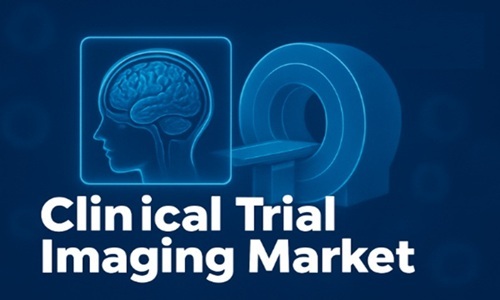Introduction
Cocaine addiction stems from profound changes in the brain’s reward circuitry. Understanding the neuroscience behind its potency clarifies why quitting is so challenging—and highlights why specialized treatment is essential.
Cocaine’s Impact on the Brain
Cocaine blocks dopamine reuptake transporters, causing:
Dopamine Flood: Intense euphoria and reinforcement of drug-taking behavior.
Neuroadaptation: The brain reduces its own dopamine production in response.
Tolerance Development: Users need higher doses to achieve the same effect.
These physiological shifts underlie both the “rush” and the subsequent “crash.”
Long-Term Neural Changes
Chronic use remodels brain structure and function:
Prefrontal Cortex Impairment: Reduced decision-making and impulse control.
Amygdala Sensitization: Heightened stress response and negative emotional states.
Dopamine Receptor Downregulation: Decreased pleasure from natural rewards.
These alterations contribute to cravings and relapse risk, even after detox.
Evidence-Based Treatment Strategies
Addressing neurobiological changes requires integrated care:
Cognitive-Behavioral Therapy (CBT): Teaches clients to reframe thought patterns and reduce drug-seeking behaviors.
Contingency Management: Provides rewards for drug-free urine tests, reinforcing abstinence.
Medication Research: While no FDA-approved drug exists yet, trials for dopamine agonists and glutamate modulators show promise.
These interventions target both brain chemistry and behavioral patterns.
The Role of Supportive Environments
Healing also depends on context:
Enriched Rehab Settings: Structured programs with social support can reverse some neural deficits.
Physical Exercise: Aerobic activity boosts natural dopamine production and neurogenesis.
Nutritional Therapy: Diets rich in omega-3 fatty acids support brain repair.
Such environments complement clinical therapies by promoting overall neural health.
Cocaine’s euphoric rush can trap users in a vicious cycle because, according to HHR, the drug triggers a massive dopamine surge in the brain’s reward circuitry, making it extremely addictive and difficult to quit without professional help.
Tracking Recovery Progress
Clinicians assess neurological and functional improvements via:
Neuropsychological Tests: Monitoring cognitive flexibility, memory, and impulse control.
Biomarker Analysis: Emerging blood or imaging markers to track brain recovery.
Self-Report Measures: Client insights on mood, cravings, and quality of life.
This multi-dimensional evaluation guides personalized treatment adjustments.
Conclusion
Cocaine’s powerful grip arises from deep-seated changes in the brain’s reward system. Effective recovery hinges on therapies that address these neuroadaptations—combining behavioral strategies, supportive environments, and emerging pharmacological advances. With targeted care, clients can rebuild brain function and reclaim control over their lives.


















